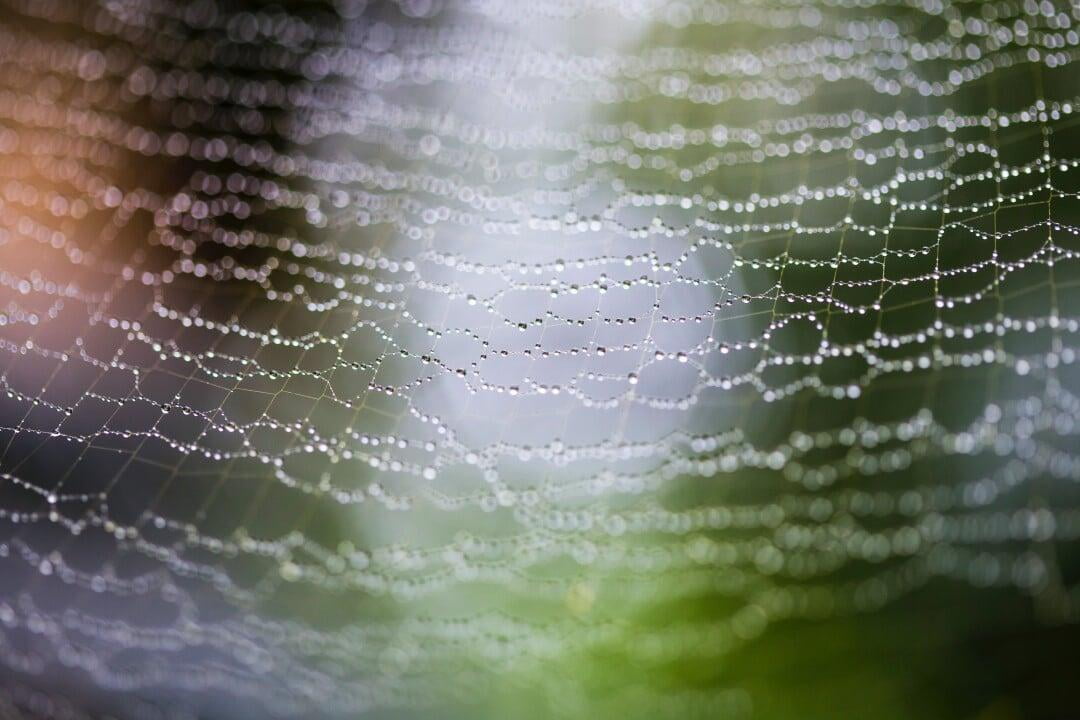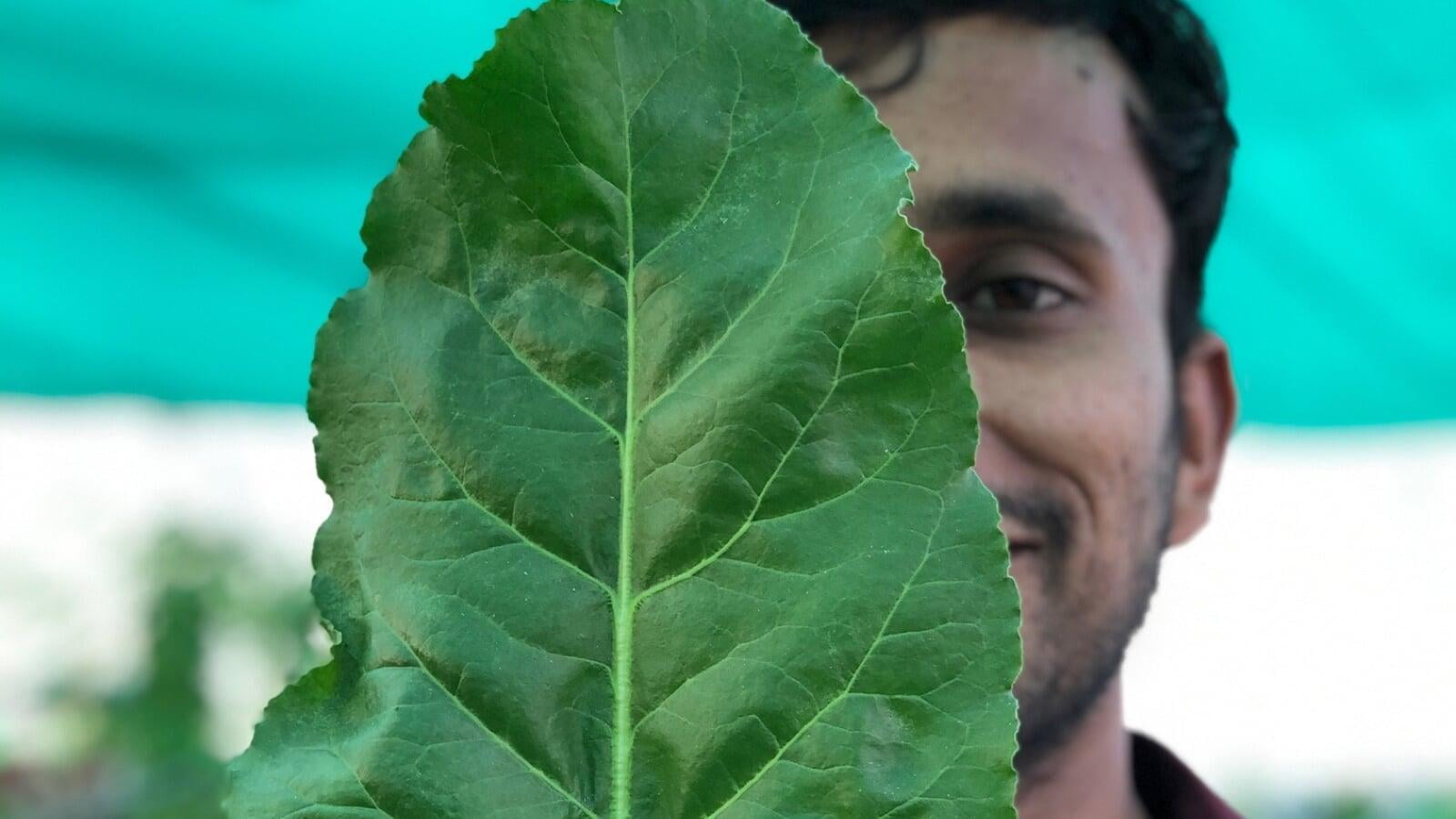When it comes to plant growth, several factors come into play - sunlight, water, soil quality, and temperature. But there's another crucial factor that often gets overlooked: humidity. Humidity refers to the amount of water vapor in the air, and it can significantly affect a plant's development and well-being. In this blog, we'll explore how humidity influences plant growth, and why it's essential for any aspiring gardener to understand this relationship.
What is Humidity?
In simple terms, humidity is a measure of the moisture content in the air. It's commonly expressed as a percentage, with 100% representing air that is fully saturated with water vapor (i.e., rainy and foggy conditions), and 0% representing extremely dry air (i.e., desert conditions).
What happens to plants if humidity is high?
What happens to plants if humidity is high?
Reduced Transpiration
Reduced Transpiration
Transpiration is the plant's way of breathing. Just as humans breathe in oxygen and exhale carbon dioxide, plants "breathe in" carbon dioxide and "exhale" oxygen. They also release water vapor into the air through tiny openings in their leaves called stomata. In high humid conditions, plants transpire less and this can lead to reduced water and nutrient movement within the plant affecting nutrient distribution and overall growth.
Root Rot and Diseases
Root Rot and Diseases
Plants are vulnerable to root diseases in high humid conditions. It also provides an ideal environment for fungal and bacterial pathogens to thrive. These pathogens can attack plant leaves and stems, potentially stunting their growth or even causing death if left untreated.
Reduced Photosynthesis
Extremely high humidity can hinder the process of photosynthesis in plants. Reduced transpiration and excessive moisture on leaves can impede the exchange of gases necessary for photosynthesis, potentially limiting a plant's growth and development.
Damping Off
Seedlings and young plants in particular are susceptible to damping-off disease in high humidity conditions. Damping-off is a fungal infection that can kill or weaken seedlings before they become established.
What happens to plants if humidity is low?
What happens to plants if humidity is low?
Dehydration and Wilting
Dehydration and Wilting
Low humidity accelerates transpiration process and excessive transpiration can lead to rapid dehydration. Plants may wilt, exhibit curled leaves, and struggle to maintain turgidity.
Stunted Growth
Stunted Growth
Low humidity conditions can cause stunted growth, as plants divert energy away from growth processes to conserve water. This can lead to smaller leaves, shorter stems, and less growth.
Reduced Photosynthesis
Low humidity can cause stomata, the tiny pores on leave to close to conserve water. Closed stomata limit the intake of carbon dioxide (CO2) needed for photosynthesis. Reduced CO2 availability can hinder photosynthesis, leading to less energy production and slower growth.
Vulnerability to Pests and Diseases
Vulnerability to Pests and Diseases
Low humidity can weaken a plant's natural defenses against pests and diseases. Stressed plants are more susceptible to infestations of spider mites, aphids, and other pests.
In conclusion, humidity matters to plants and is required in correct amounts for plants to be happy. Humidity helps with things like transpiration, nutrient uptake, plants growth, etc. So, by understanding humidity and how it affects plants, we can make sure to give them the best chance to grow strong and healthy. Just like, finding the right balance in everything, getting the humidity right is crucial.


